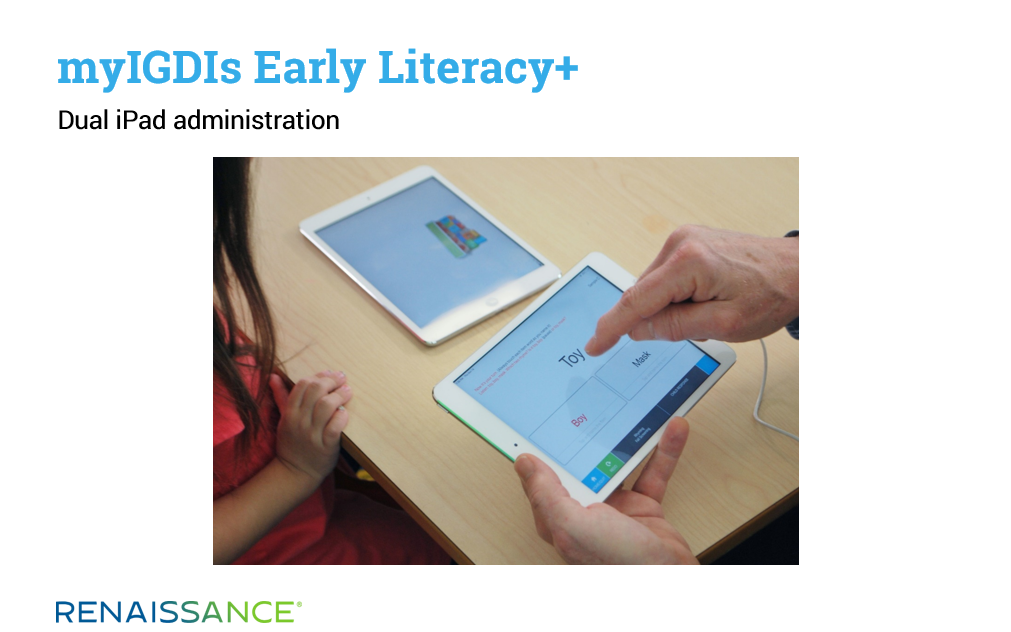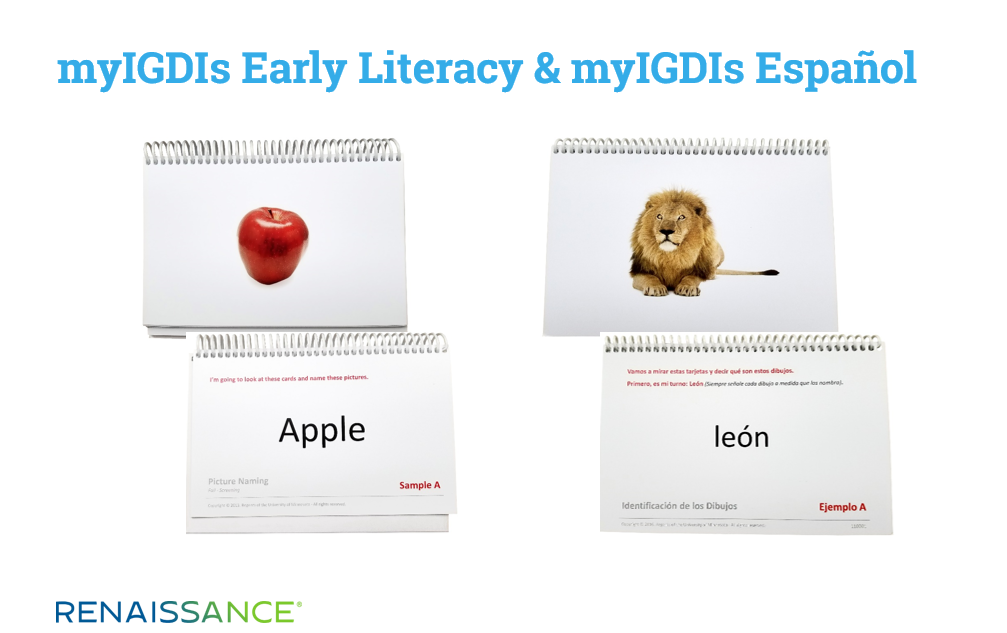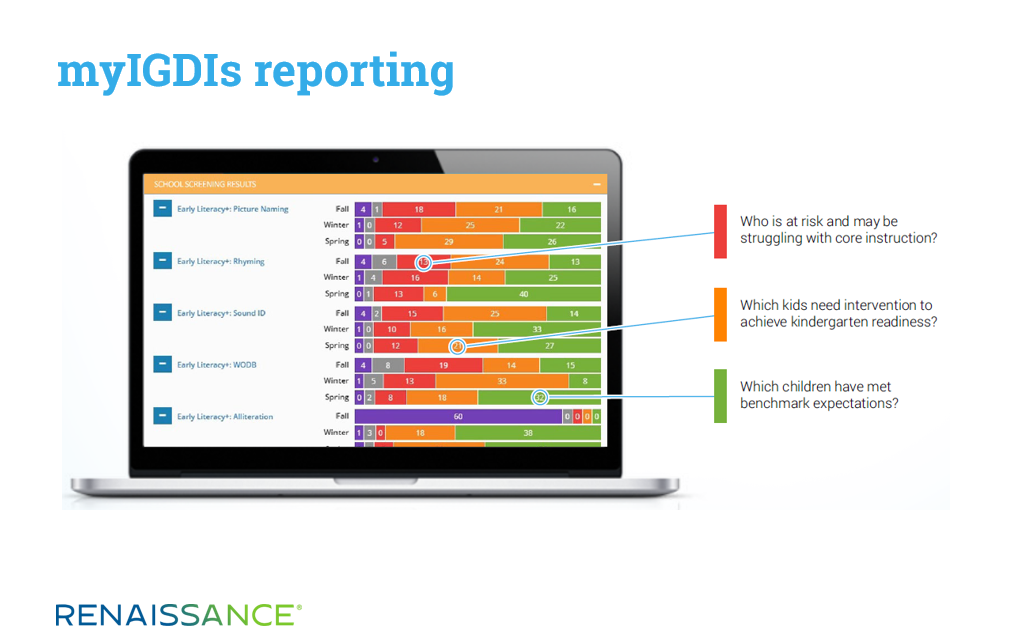November 13, 2020
As educators, we were thrown a curve ball last spring, when the COVID-19 pandemic led to widespread school closures and a quick pivot to remote education. Back then, many of us hoped the problem was temporary and we’d get “back to normal” this fall (if not earlier).
But as the 2020‒2021 school year began, we were reminded that hope isn’t much of a strategy. Instead, we found ourselves in what one colleague called “This Difficult Time,” where we have been working to adapt our instructional programs to the challenges we continue to face. Back in September, some buildings and programs opened for in-person schooling but then switched to hybrid or remote models. Others managed to maintain in-person instruction for extended periods of time, while some started with remote services and are watching and waiting for opportunities to return to school buildings. As I write this, only one thing is certain: We have to be flexible—and prepared for changes in both what we do to serve our students and how we do this.
Meeting the needs of our earliest learners
Flexibility is especially necessary in preschool and pre-kindergarten programs. In recent years, districts and community programs have worked hard to expand these services and find new ways to meet the growing demands for more seats and stronger outcomes. We have made steady progress, expanding the classrooms available for young children and continuing to develop better ways to serve children and families that promote short- and long-term benefits.
Recently, another major challenge has emerged: How can we provide “remote schooling” for preschool children? We have designed programs for children who greatly benefit from interaction with teachers and peers, as well as participation in a rich array of formal and informal activities. Parents and caregivers are without question stepping in to help make remote schooling work, but they face many demands on their time and energy. Replicating or replacing teacher-child and peer-group interaction with “at-home packets” and video conferences is simply not the same. We are all working overtime to create new models of great pre-K education.
While we face challenges in deciding whether and when students and teachers can be together in classrooms, nothing has changed about the importance of high-quality pre-K programs and the outcomes we want for students. The evidence is clear: Our highest priority is helping all preschool children gain preacademic skills in areas like language, early literacy, and early numeracy, as well as ensuring that all students are gaining the social and emotional skills and competence that will allow them to take full advantage of formal education when they enter elementary school. In “This Difficult Time,” it will take creativity, persistence, and great resources to achieve this.
Differentiating services and support
One approach, almost as old as early childhood education itself, is to provide the “just-right” amount of services and supports to each child, based on their current developmental status and likely need. This is both effective, in that it helps children gain essential skills and make desired progress toward long-term goals, and efficient, in that it adjusts the intensity of services and supports based on individual need. Children who benefit from a great “universal” program continue to progress, while those who need supplemental or more intensive supports receive them to accelerate their development.
In current practice, models like Multi-Tiered Systems of Support (MTSS) or Response to Intervention (RTI) are common ways to provide this differentiated support. Whether we call it MTSS, RTI, Recognition and Response, or something else, the goal is:
- To periodically monitor developmental progress of all children in a particular program or community through universal screening;
- To compare each child’s current development to a trusted standard of “progress” toward valued long-term outcomes; and
- To provide more intensive intervention for the subset of children for whom current development is not at expected levels—and to monitor progress to ensure that our revised efforts are making a difference.
While the ways these features are implemented may differ a bit across communities and programs, there are some common elements:
- We gather seasonal assessment data for all students across all domains of interest
- We identify those children who are not meeting benchmarks—the empirical standards of “progress” for any particular point in time—in those seasonal assessments for development in one or more domains
- Programs provide targeted intervention (Tier 2 or Tier 3, we sometimes call it) to help students accelerate their learning and meet future benchmarks
- Professionals complete ongoing progress monitoring for children receiving targeted intervention to evaluate the benefit of those services

This year’s unique dynamics make these practices, and the results they produce, both more important and potentially more difficult. Even in the era of COVID-19, we need to monitor all students and use assessment results to guide instruction. However, rather than simply relying on past practices and impromptu variations on “what we’re used to,” some adaptation and revision may be needed. For instance, we may need an organized array of practices, ordered in terms of preference and utility, that we can use as changing situations require. We may need to make assumptions or take short-cuts that, in other situations, we might avoid. We must also understand the consequences of these adapted practices for our students, families, and colleagues. Inevitably, we may have to accept “good enough” when “the best” isn’t possible—and when doing nothing would be even worse.
Preschool assessment in the COVID-19 era
Renaissance offers recommendations and procedures for assessments to support preschool MTSS during this unpredictable year. In brief, we believe that it is critically important to collect ongoing information about students’ growing developmental and academic skills and to provide—to the extent that we can—the “just right” intervention that this assessment indicates for each student. We also believe that in-person assessment is preferred when possible. When not possible, we suggest giving priority to gathering information on those children who, based on available information, are most likely to be at risk for delays in development of language, early literacy, or other important preacademic skills. This includes children for whom earlier assessments have suggested a need for supplemental intervention, those new to your program, or those for whom other evidence or information suggests the need to be more certain about their current development and need for intervention.
Further, while our options for teaching and intervention may be somewhat constrained right now, the long-term goals for our students remain largely the same. Assessment and intervention in language and early literacy, early numeracy, and social-emotional development should be key features of our work.
Renaissance provides educators with options for gathering the assessment information they need for all of these different situations and requirements—and ways to do so efficiently and reliably. When students are attending school in person, teachers can individually screen all students in language and early literacy development, early numeracy development, or more with myIGDIs for Preschool. Measures like these provide critical information on each student’s current level of development, and give useful information for grouping, planning intervention, and monitoring effectiveness over time.
myIGDIs offers two assessment approaches for describing development and planning intervention for English language and early literacy development prior to kindergarten:
- For seasonal screening and comparison of each child’s performance to established benchmarks of expected progress, myIGDIs Early Literacy offers paper-based easels for direct assessment of individual children.
- For seasonal screening, progress monitoring, and even more precise description of individual students’ performance, an iOS app version of myIGDIs Early Literacy+ is available. With this version, delivered on two iPads, students receive an assessment dynamically tailored to their individual performance, and teachers receive immediate and automatic scoring for each student and the class, plus the option to set up progress monitoring—including goals and ways to monitor assessed progress—as soon as the child completes the 2- or 3-minute assessment.

- In addition, myIGDIs Español provides a robust approach to seasonal screening of language and early literacy development for Spanish-speaking students. Like myIGDIs Early Literacy, myIGDIs Español is for seasonal screening and performance evaluation in an authentic assessment designed specifically for Spanish-speaking preschoolers. This non-translated approach is something no other preschool screening measure can offer.

- myIGDIs Early Numeracy provides a trustworthy and efficient way for preschool programs to screen and conduct progress monitoring of young children’s growing mathematical ability. These timed measures are administered individually and give teachers a direct view of each child’s counting, number recognition, and sense of quantity.
- ProLADR, the Profile of Preschool Learning & Developmental Readiness, is a teacher rating form that provides a snapshot of each student’s growing skills in six domains often assessed in preschool programs: Social & Emotional, Language & Literacy, Cognitive, Approaches to Learning, Physical & Motor, and Creativity & the Arts.
Assessing students remotely this year
When schools switch to remote learning and direct interaction is not possible, educators need great measures that can be administered remotely. Critical portions of myIGDIs Early Literacy+ and myIGDIs Early Numeracy have been adapted to accommodate remote administration and can be valuable tools for teachers working to maintain continuous learning for students across the school year. We have training and administration resources ready to assist you in preparing for remote administration, along with guides for parents and caregivers in English and in Spanish to help adults assist the child in completing the assessment.
myIGDIs Early Literacy+, the iPad format for English language and early literacy development, has two measures well suited to remote administration: Picture Naming (a measure of oral language development) and Rhyming (a measure of phonological awareness). As with in-person administration, the specific content of each assessment will be tailored to the child’s current level of performance, performance will be scored automatically, and the teacher will have immediate access to both scoring and comparison of that score to seasonal benchmarks, as shown below.

myIGDIs Early Numeracy has had three of its four measures adapted for remote administration: Oral Counting, Number Naming, and Quantity Comparison. As with in-person administration, the teacher will record child performance for each measure and record those scores in our online data system.
Whether we can sit with children in classrooms or have to rely on video conferencing, we need assessment data that teachers and parents can easily understand and act on quickly. All of the myIGDIs tools—Language and Early Literacy+, Language and Early Literacy Español, Early Numeracy, and ProLADR—compare individual students to research-based benchmarks that help teachers to address needs for all students. All of the myIGDIs tools also offer teachers the opportunity to reflect on (and in many instances, directly observe) their students’ growing preacademic skills and strengths, which provides insights for future intervention. Perhaps most importantly, myIGDIs provides well-developed and trustworthy ways to gather this information whether interacting in-person or remotely.
This year, like every year, our commitment to accelerating learning for all students is front and center in our professional priorities. Unlike any other year, however, we face rapidly changing circumstances that require innovation to fulfill our commitment. Assessment, whether completed in classrooms during in-person instruction or remotely when students are elsewhere, is key to providing needed intervention by giving teachers and programs actionable data that helps sustain and continuously improve that work.
Learn more
Connect with an expert to explore Renaissance’s assessment solutions for early literacy, early numeracy, and social-emotional development for preschool learners.










